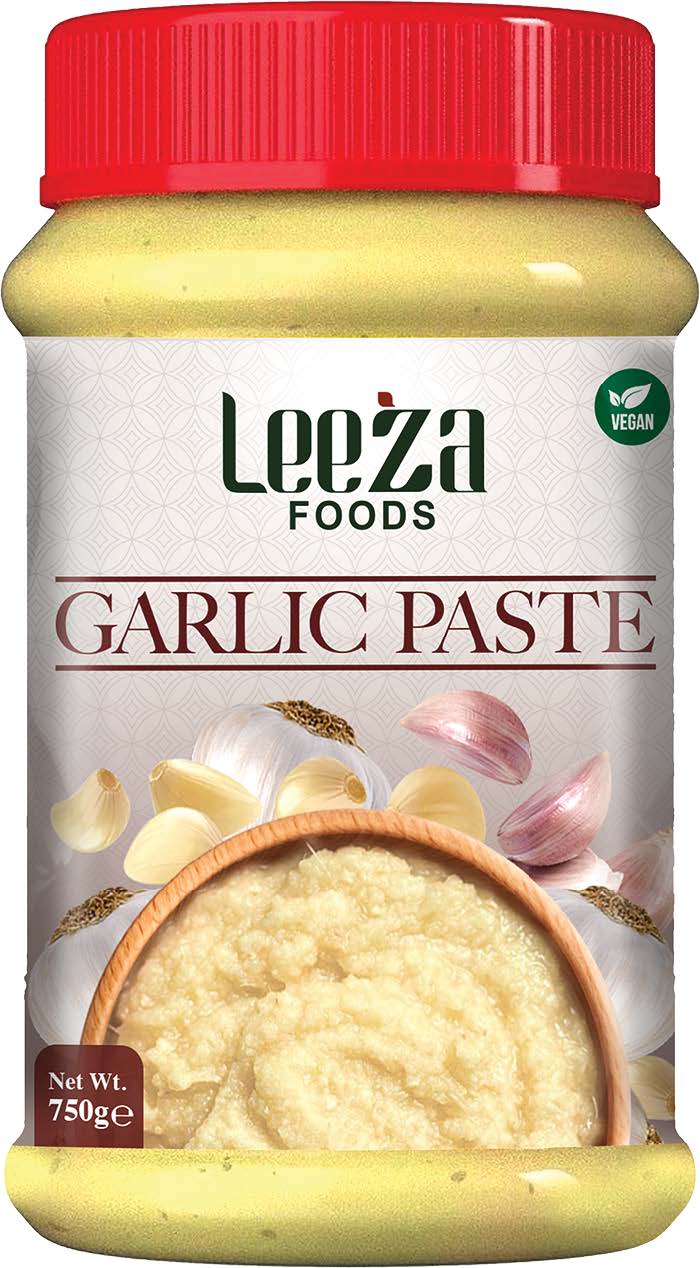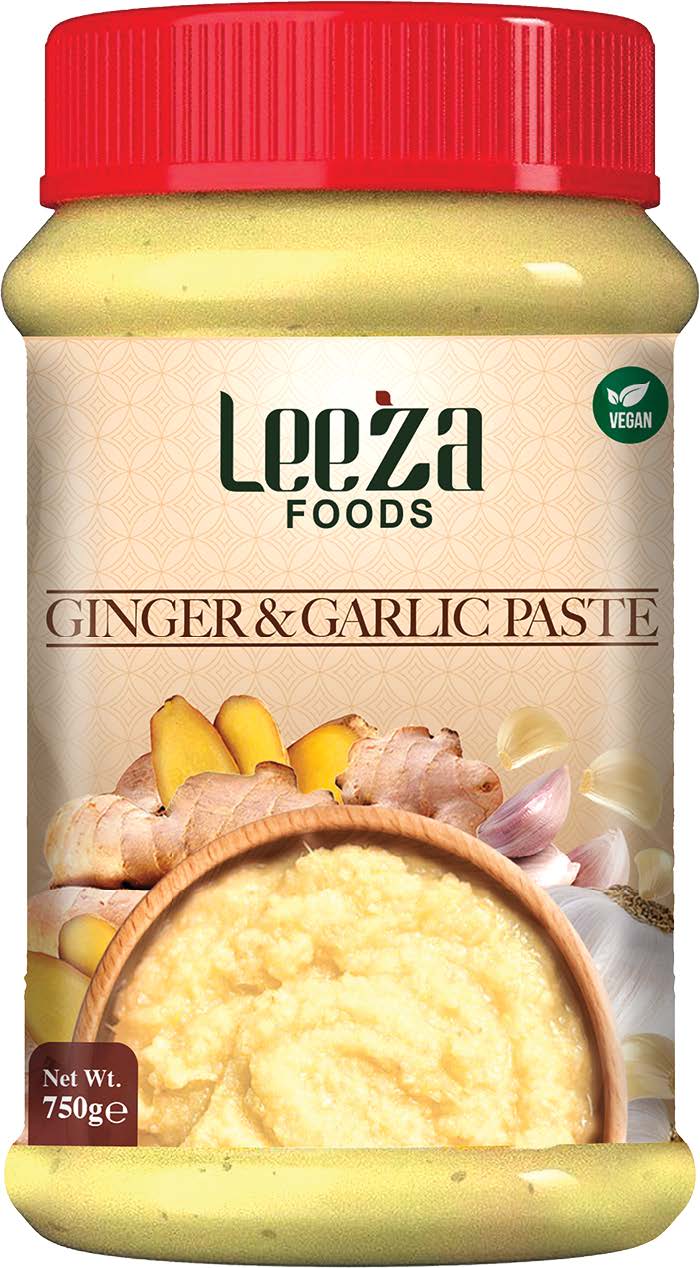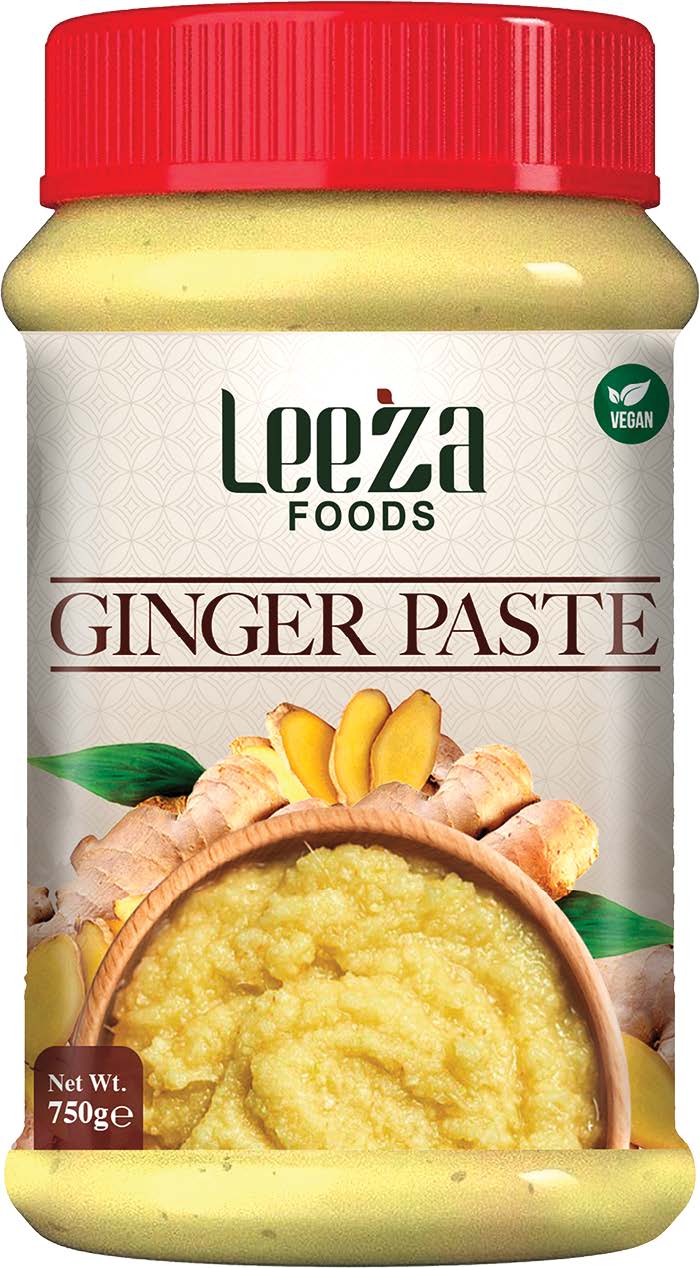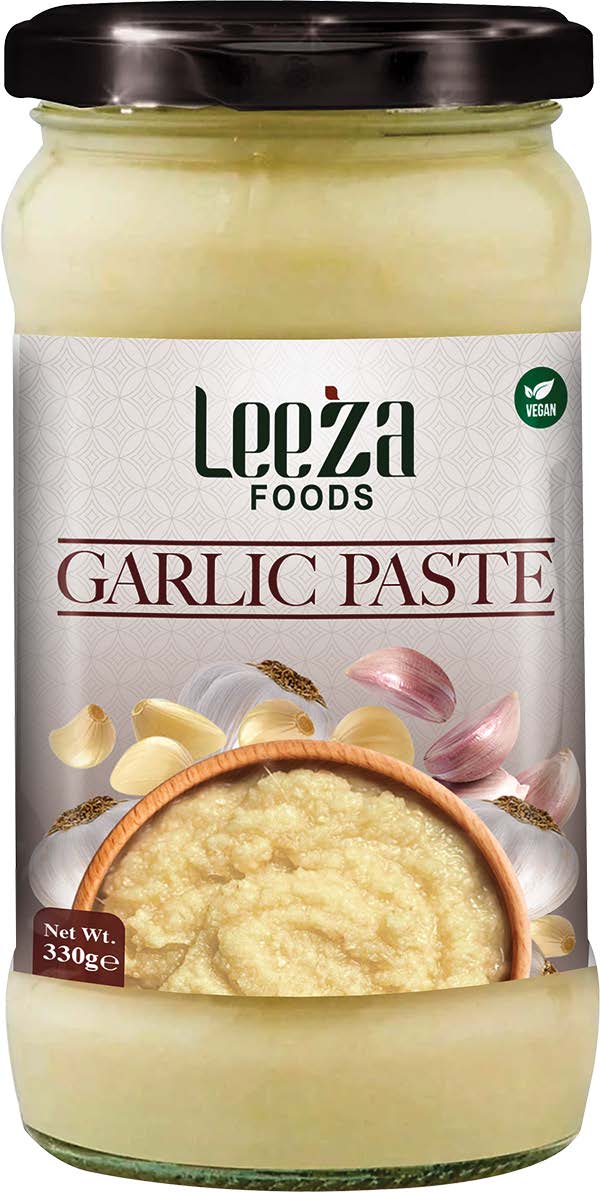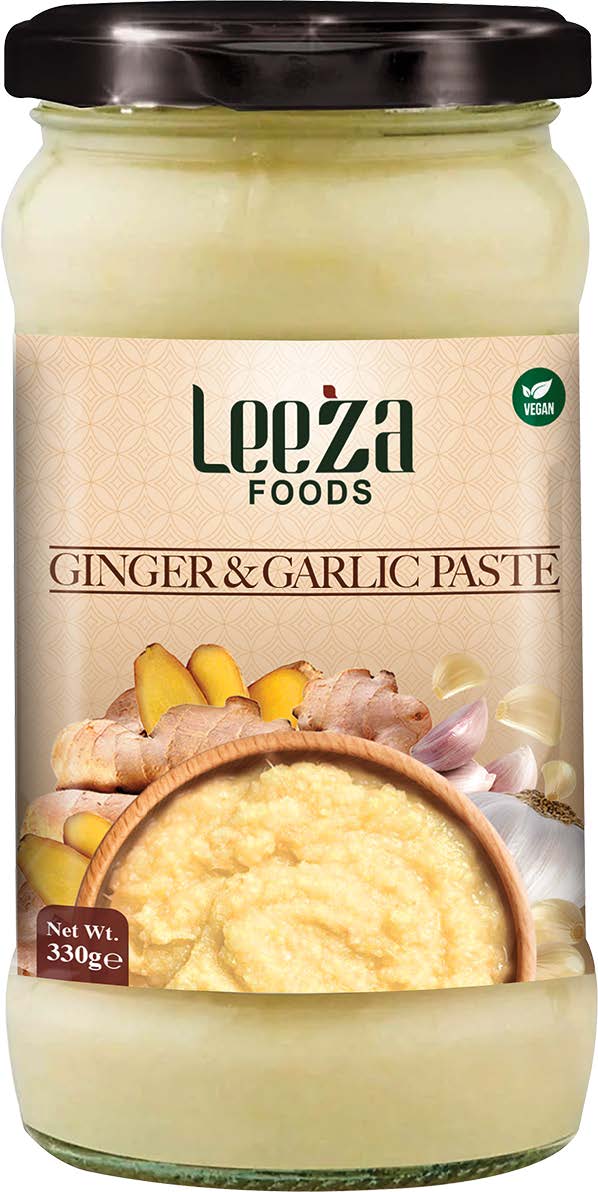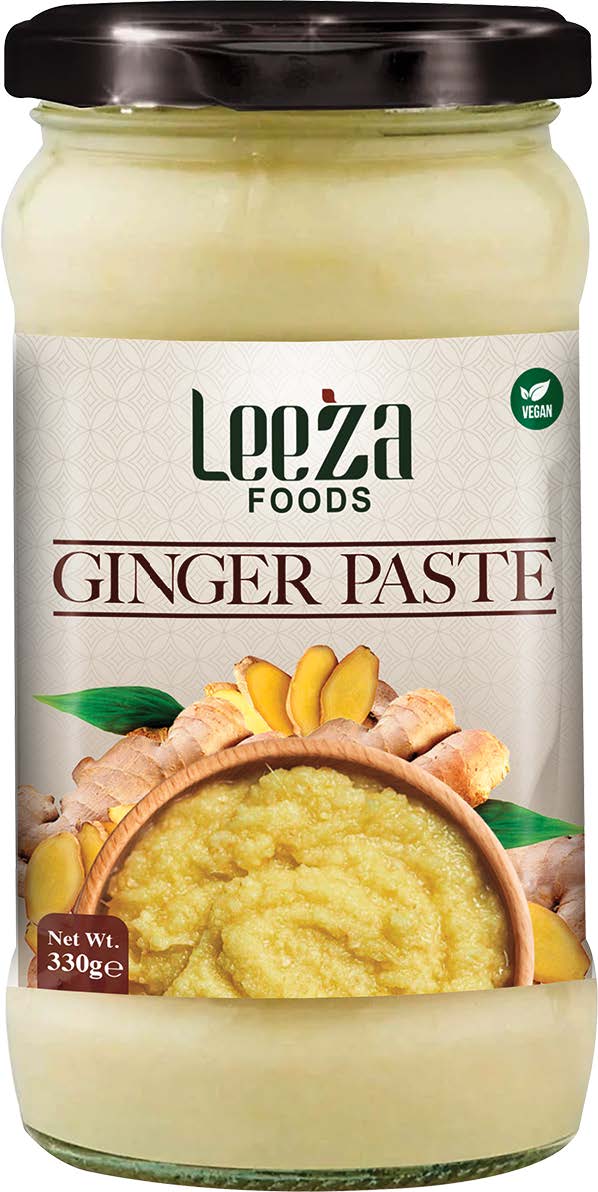Introduction: Salt is an essential ingredient in our diets, but not all salts are created equal. Himalayan pink salt and regular table salt differ significantly in their origins, compositions, and health benefits. In this blog post, we'll compare Himalayan pink salt with regular table salt to help you understand why making the switch can be beneficial for your health.
Origins and Composition:
-
Himalayan Pink Salt:
- Origin: Mined from ancient sea beds in the Himalayan mountains.
- Composition: Contains over 80 minerals and trace elements, including magnesium, calcium, potassium, and iron, which give it a distinctive pink colour.
-
Regular Table Salt:
- Origin: Typically sourced from underground salt deposits or evaporated seawater.
- Composition: Primarily sodium chloride, often stripped of natural minerals. It usually contains additives like anti-caking agents and iodine.
Health Benefits:
-
Mineral Content:
- Himalayan Pink Salt: The rich mineral content provides essential nutrients that support various bodily functions, such as bone health, hydration, and muscle function.
- Regular Table Salt: Lacks the beneficial minerals found in Himalayan pink salt, offering primarily sodium chloride.
-
Sodium Levels:
- Himalayan Pink Salt: Lower in sodium compared to regular table salt, making it a healthier option for those looking to reduce sodium intake.
- Regular Table Salt: High in sodium, which can contribute to high blood pressure and cardiovascular issues when consumed in excess.
-
Processing:
- Himalayan Pink Salt: Minimally processed, retaining its natural mineral composition.
- Regular Table Salt: Heavily processed and refined, often with added chemicals and preservatives.
Culinary Uses:
-
Himalayan Pink Salt:
- Adds a unique flavour and subtle saltiness to dishes.
- Ideal for seasoning, finishing, and even as a cooking surface (Himalayan salt blocks).
-
Regular Table Salt:
- Provides a straightforward salty taste, suitable for general cooking and baking.
- Commonly used in processed foods due to its high sodium content and fine texture.
Environmental Impact:
-
Himalayan Pink Salt:
- Mined sustainably from natural sources.
- Less environmental impact compared to industrial salt production methods.
-
Regular Table Salt:
- Industrial mining and processing can have significant environmental consequences, including habitat destruction and pollution.
Conclusion: While both Himalayan pink salt and regular table salt serve as sources of sodium, the differences in their mineral content, processing, and health benefits make Himalayan pink salt a superior choice. By incorporating Himalayan pink salt into your diet, you can enjoy a range of essential minerals and a more balanced flavour profile. Make the switch today and experience the benefits for yourself!

